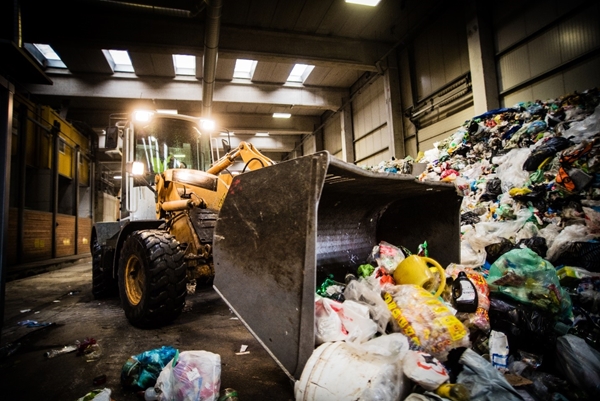
If your business accepts materials that produce odour during processing, produces a product that emits odours that could be considered offensive, or treats/disposes of/processes waste, then this guide is for you. Sections include:
Overview
What is this guide about?
This guide outlines the principles for preventing harm to human health and wellbeing by managing the production and handling of odour-causing substances and processes. This guide will provide an outline for managing the production of offensive odours that can be generated by business operations through reduction or elimination.
Who should use this guide?
Some examples of industries which should refer to this guide include, but are not limited to:
- landfills
- coffee roasters
- bakeries
- organic waste/compost facilities
- animal processing facilities (rendering facilities/abattoirs)
- breweries
- sewage/waste water treatment facilities
- spray painters/powder coaters
- plastic moulders.
What are my obligations?
It is your responsibility (including contractors you manage) to ensure your activities do not cause odour impacts off site.
Legal responsibilities are set out in relevant legislation and statutory policies including:
- The Environment Protection Act 1970
- State Environment Protection Policy (Air Quality Management)
Further legislation regarding air quality, and air emissions standards can be found here. You should also check for compliance requirements as set by local government.
Note: If your site is a scheduled activity as per the Environment Protection (Scheduled Premises) Regulations, then you must meet the requirements specified in the works approval and/or licence for your site, which may be additional to the general requirements outlined in this guide.
Important information: The information in these pages is for general guidance only. It does not constitute legal or other professional advice, and should not be relied on as a statement of the law. Because it is intended only as a general guide, it may contain generalisations. You should obtain professional advice if you have any specific concern.
EPA has made every reasonable effort to provide current and accurate information, but it does not make any guarantees regarding the accuracy, currency or completeness of that information.
Parties who wish to re-publish or otherwise use the information in these pages must check this information for currency and accuracy prior to publication or use.